The Uplands of Rum
by Sean Morris
I have been surveying two upland BBS squares here on the Isle of Rum in the Inner Hebrides for approximately 15 years. In both, the terrain is challenging to walk, to say the least, with thigh-deep heather on spongy moss in places. However, the hard walking can be rewarded with some exciting birds to record, with species such as Red-throated Diver being a regular fly-over and occasional sightings of Golden Eagle.
The most common and regular species present on the mixed heather/grass moor, where the habitat has remained constant over the years, is the Meadow Pipit, which means Cuckoo is also regularly recorded. The other square, with scrubby woodland, has good numbers of Willow Warblers with a supporting cast of Chaffinch and Wren. This square is more varied and starts off in mature woodland heading out onto hill ground with regenerating scrubby woodland. The habitat was altered slightly over ten years ago when some small stands of lodgepole pine were clear-felled. As expected, more species have been recorded in the wooded square over the years, with 45 compared to 31 species on the heathland square. Whilst numbers vary from year to year I have not noticed any long-term increase or decline in these species on these squares.
One thing that has changed over the years is the way I use technology to navigate over the relatively featureless moorland terrain. I have the BBS transect routes saved on a handheld GPS, with the start of each transect section saved as a waypoint. This means just an occasional glance at the GPS screen is required to make sure I am still on the transect line and the unit gives a helpful beep as I approach the end of each transect section. This means I can concentrate on recording birds without the need for map reading or distance pacing.
I used to be sent all the recording forms and instructions by post and the data were returned to the BTO as paper copies via the Regional Organiser. Now I download and print the relevant field sheets from the BTO website and all the data are entered online. This is fantastic and much greener as far less paper is involved and the BTO often have the data instantly.
I enjoy doing the BBS as it makes my birdwatching count towards conservation and the national picture of bird trends. It also gets me out to parts of the island that I don’t visit and there is always the chance of seeing something special.
I will never forget my most exciting morning’s BBS ever, back in May 2005. I was walking the first line of transects when suddenly a male Hen Harrier was alarm-calling over my head. The Hen Harrier is a protected species under Schedule 1 of the Wildlife and Countryside Act but, after arranging for it to be added to my Schedule 1 permit, I located the nest and was able to monitor its progress through to successful fledging for the Nest Record Scheme. This was also the first known record of Hen Harrier breeding on the Isle of Rum and a record that may have been missed had I not been visiting the area for the BBS. The harriers also returned to breed successfully in 2006.

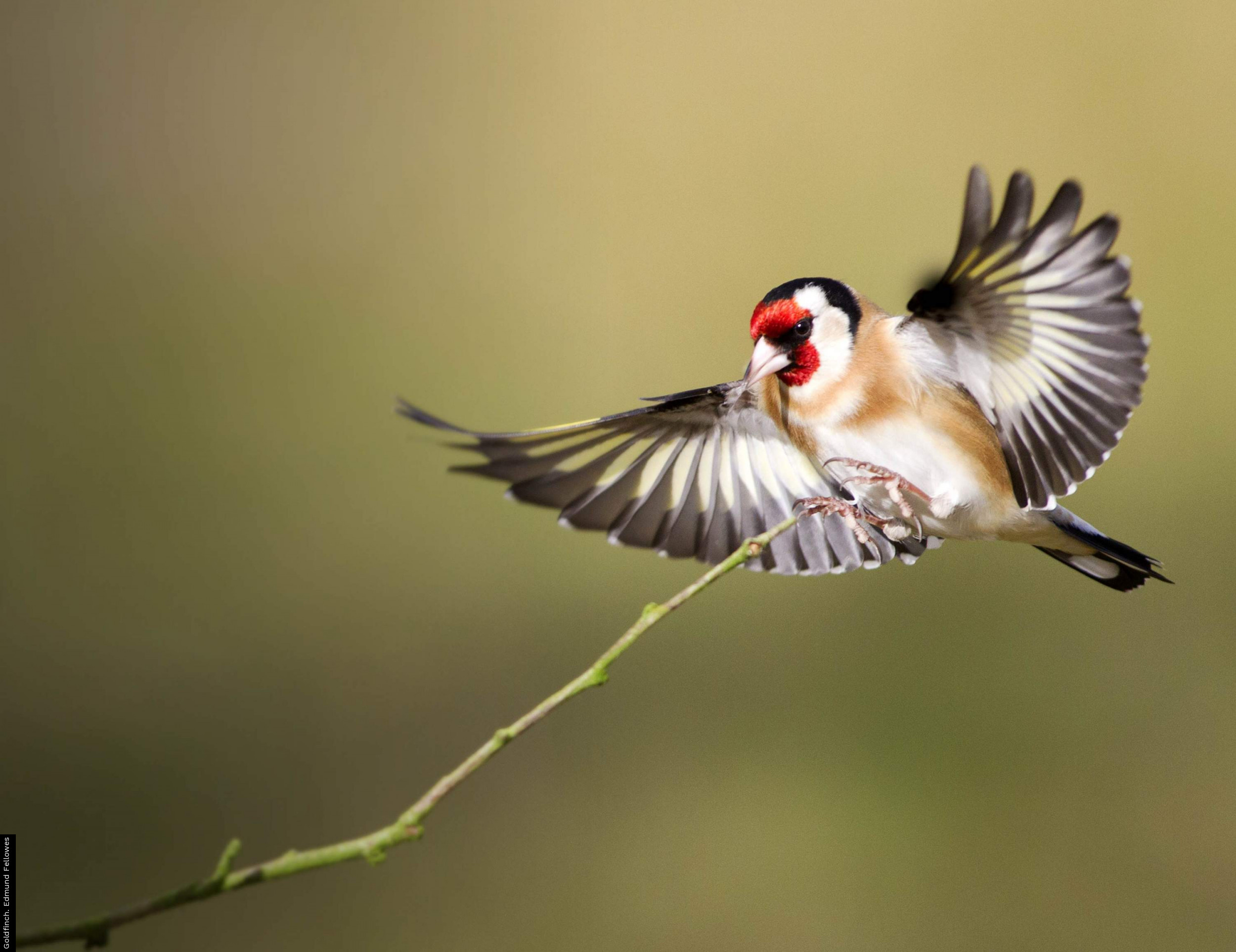
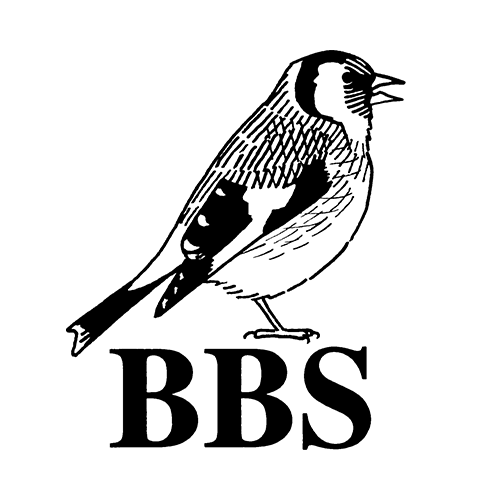


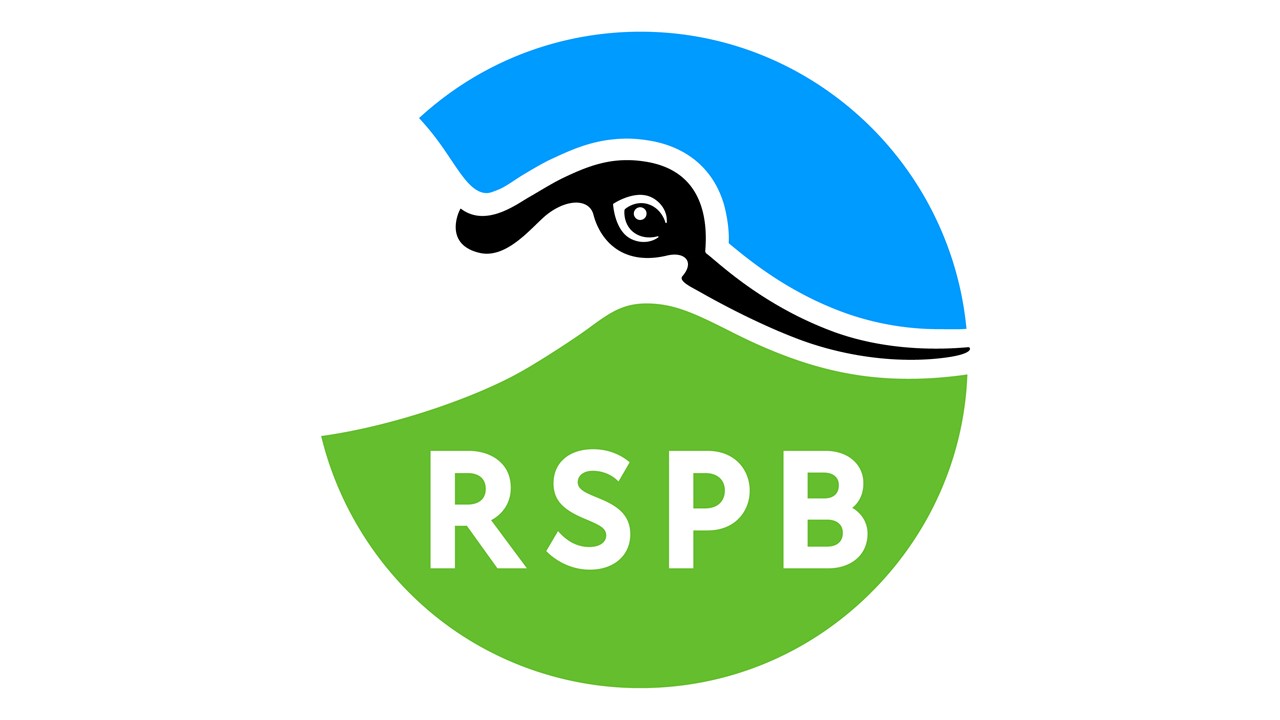
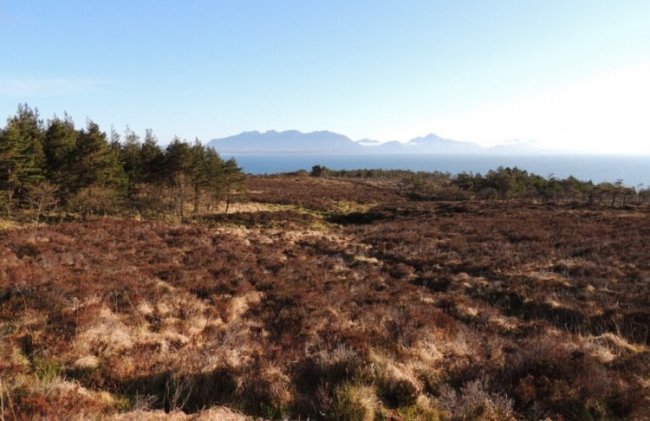


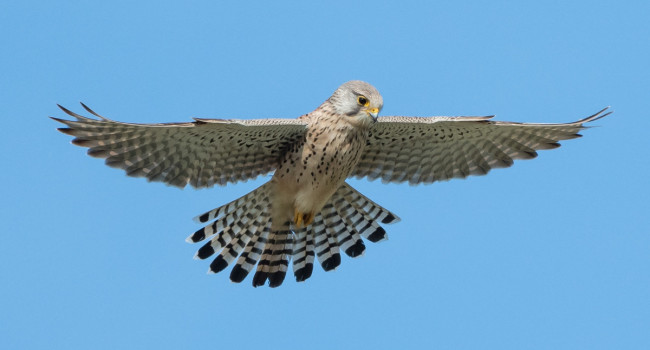


Share this page